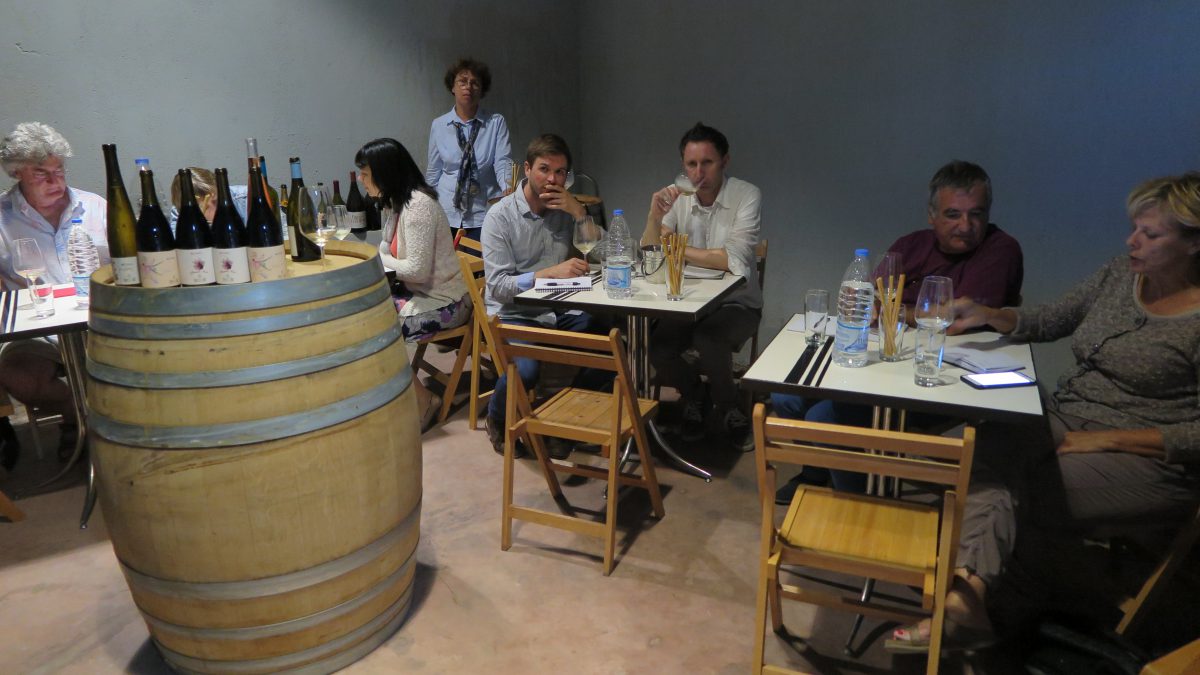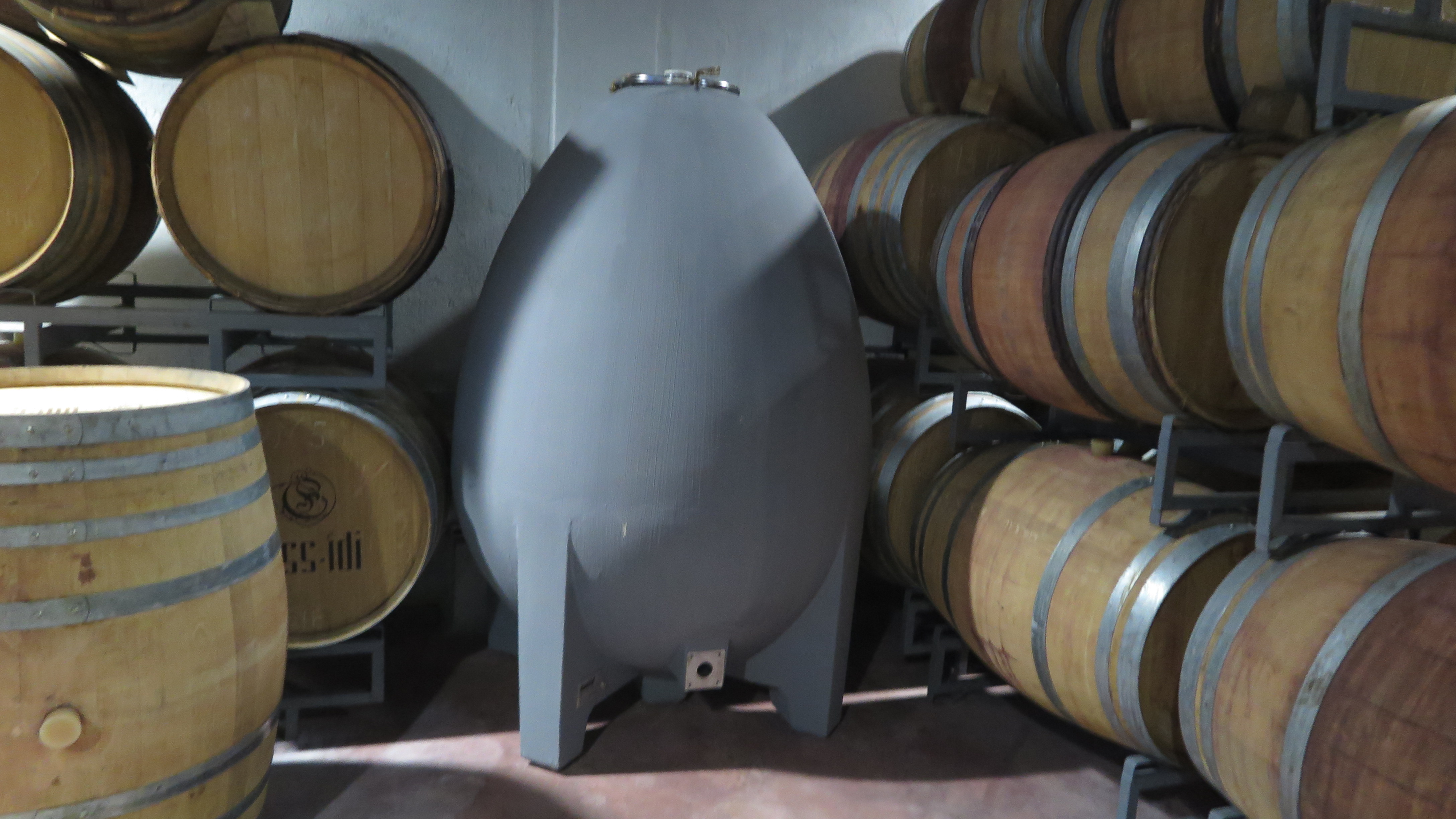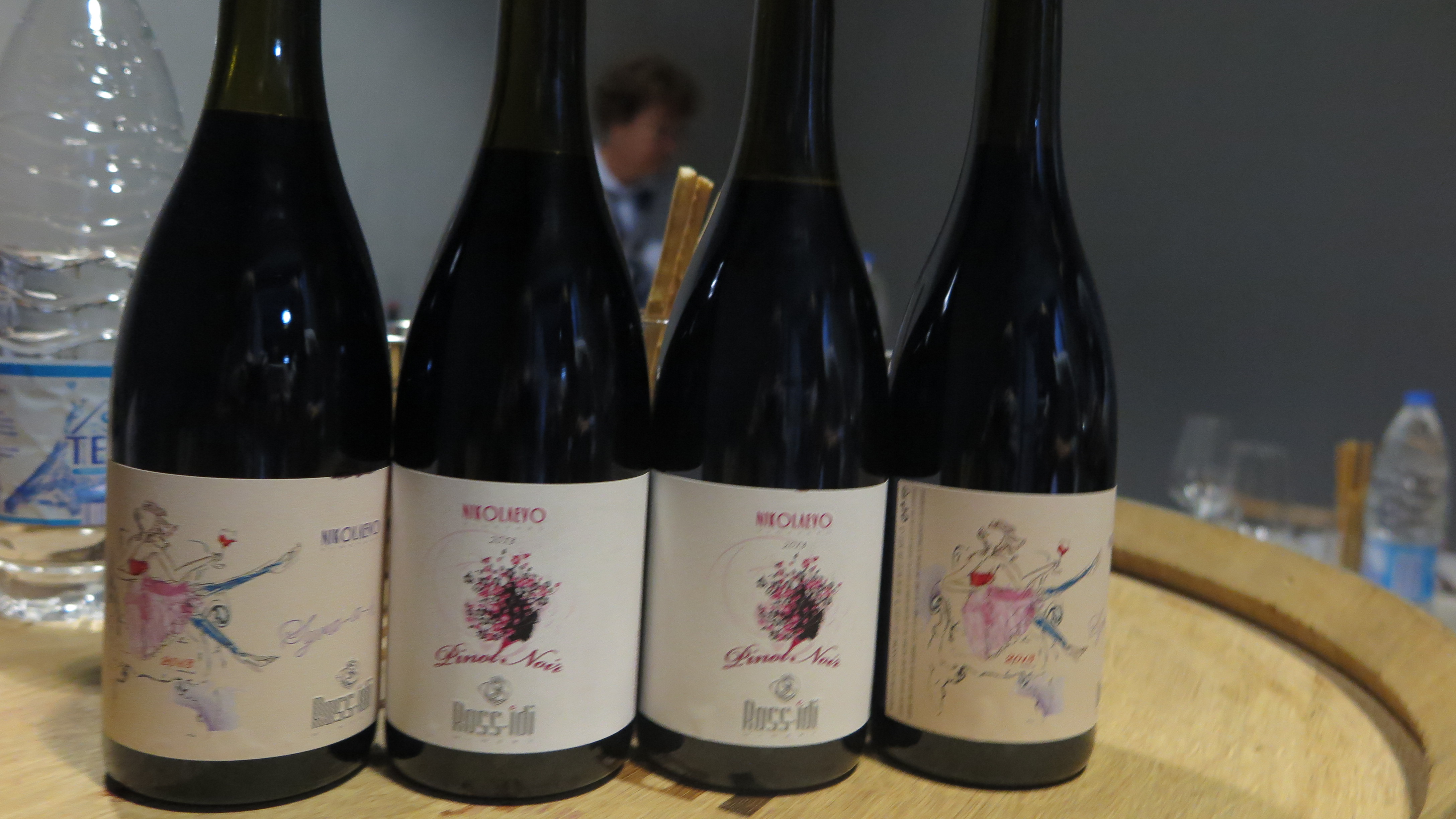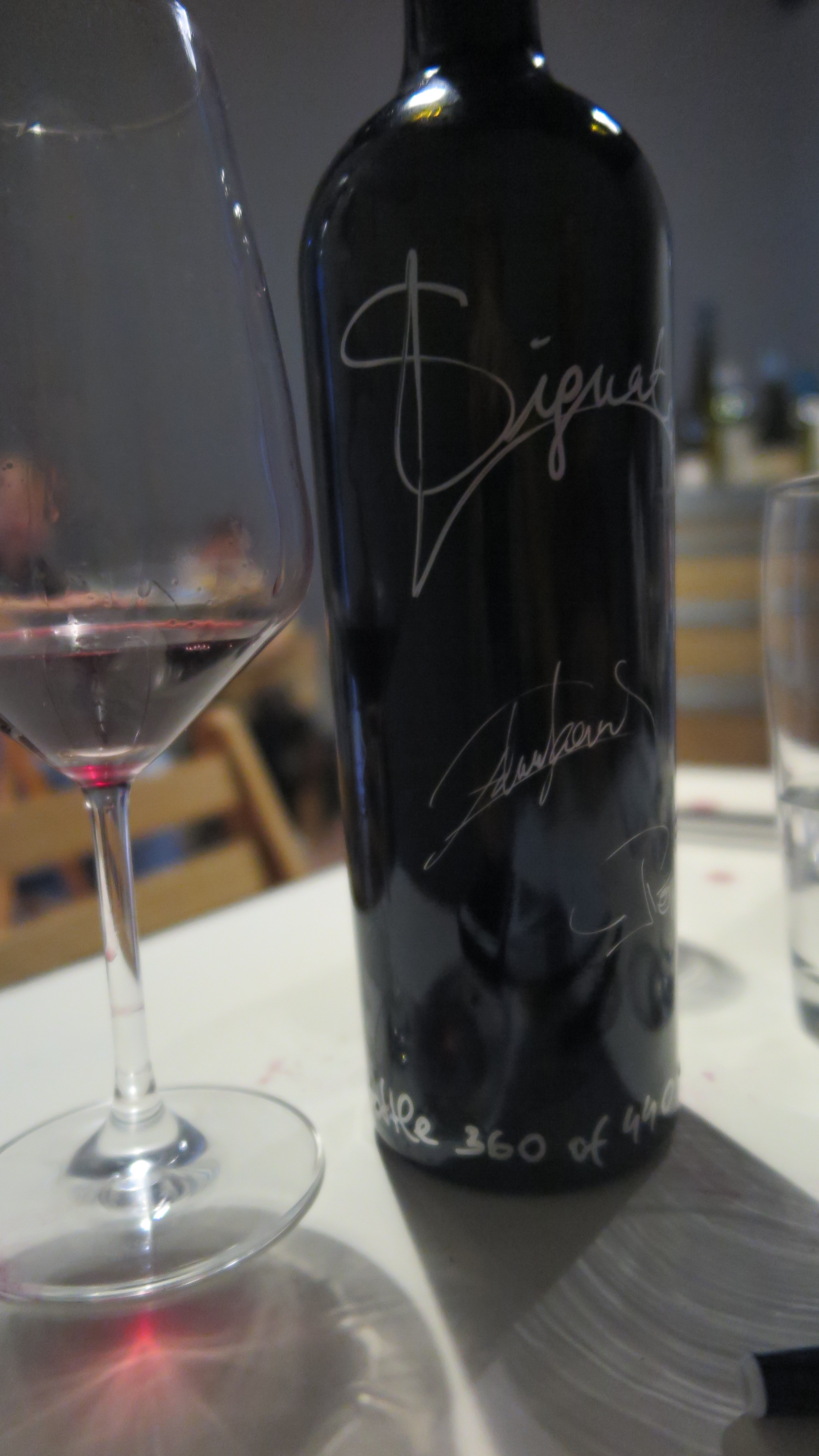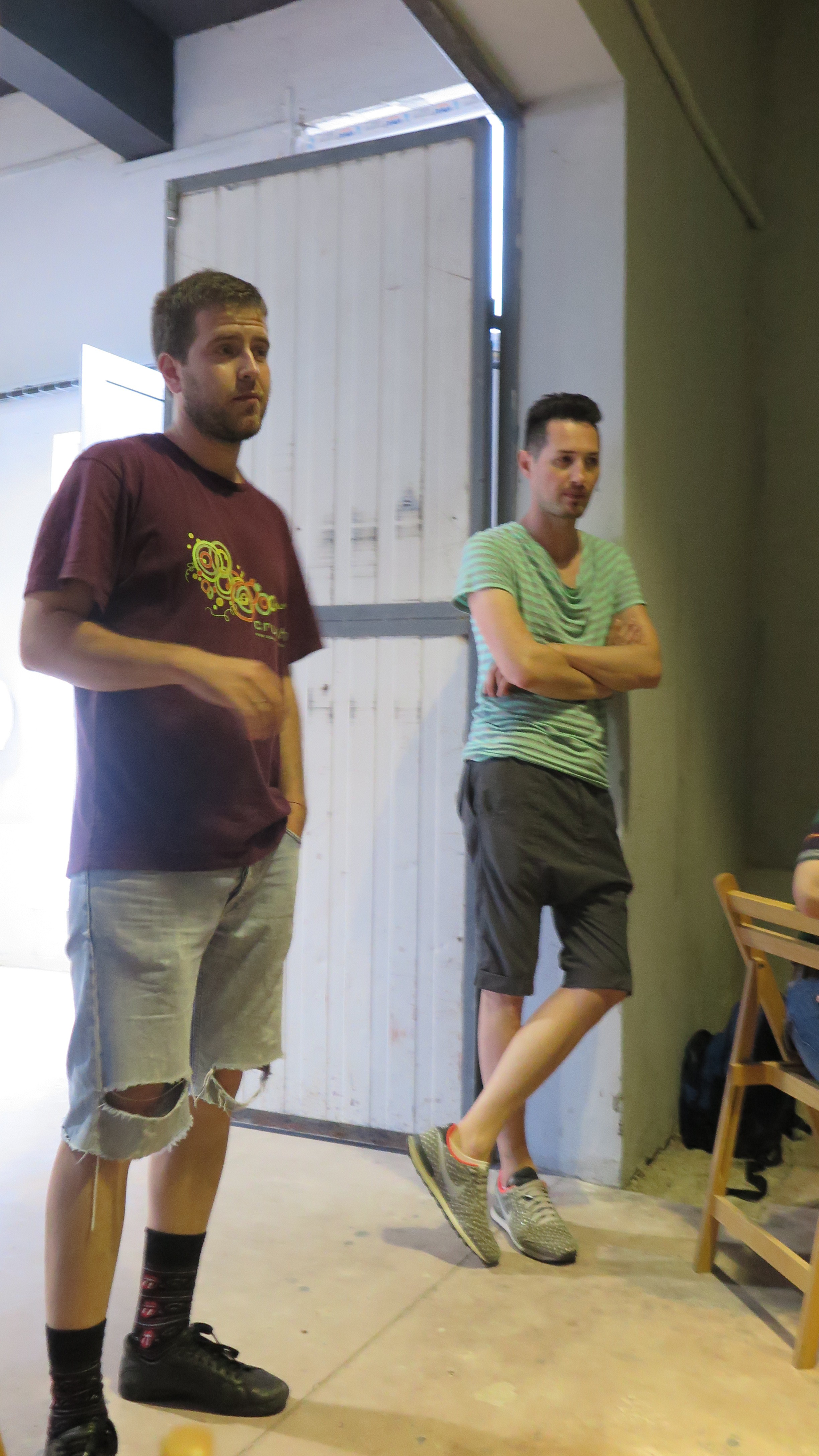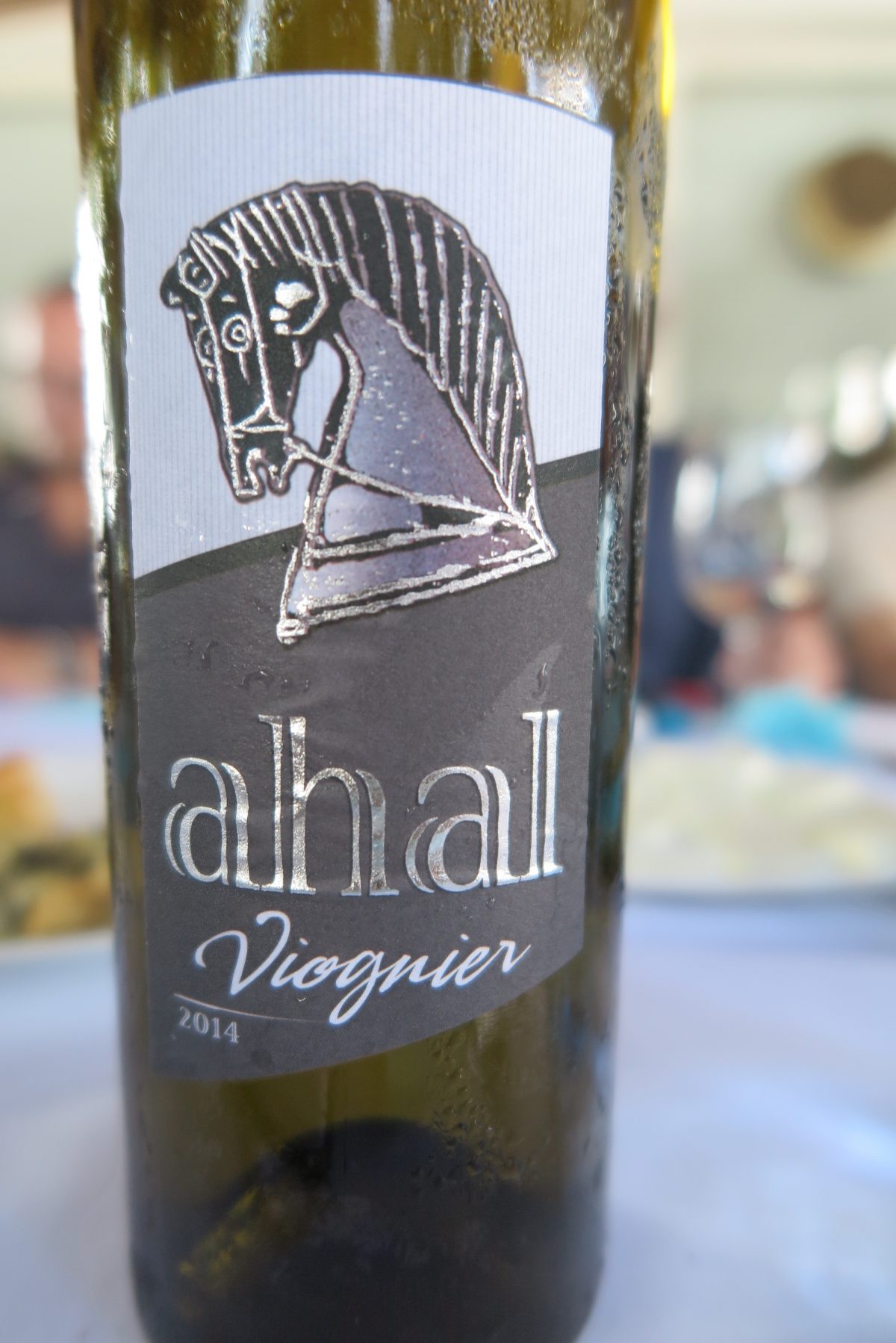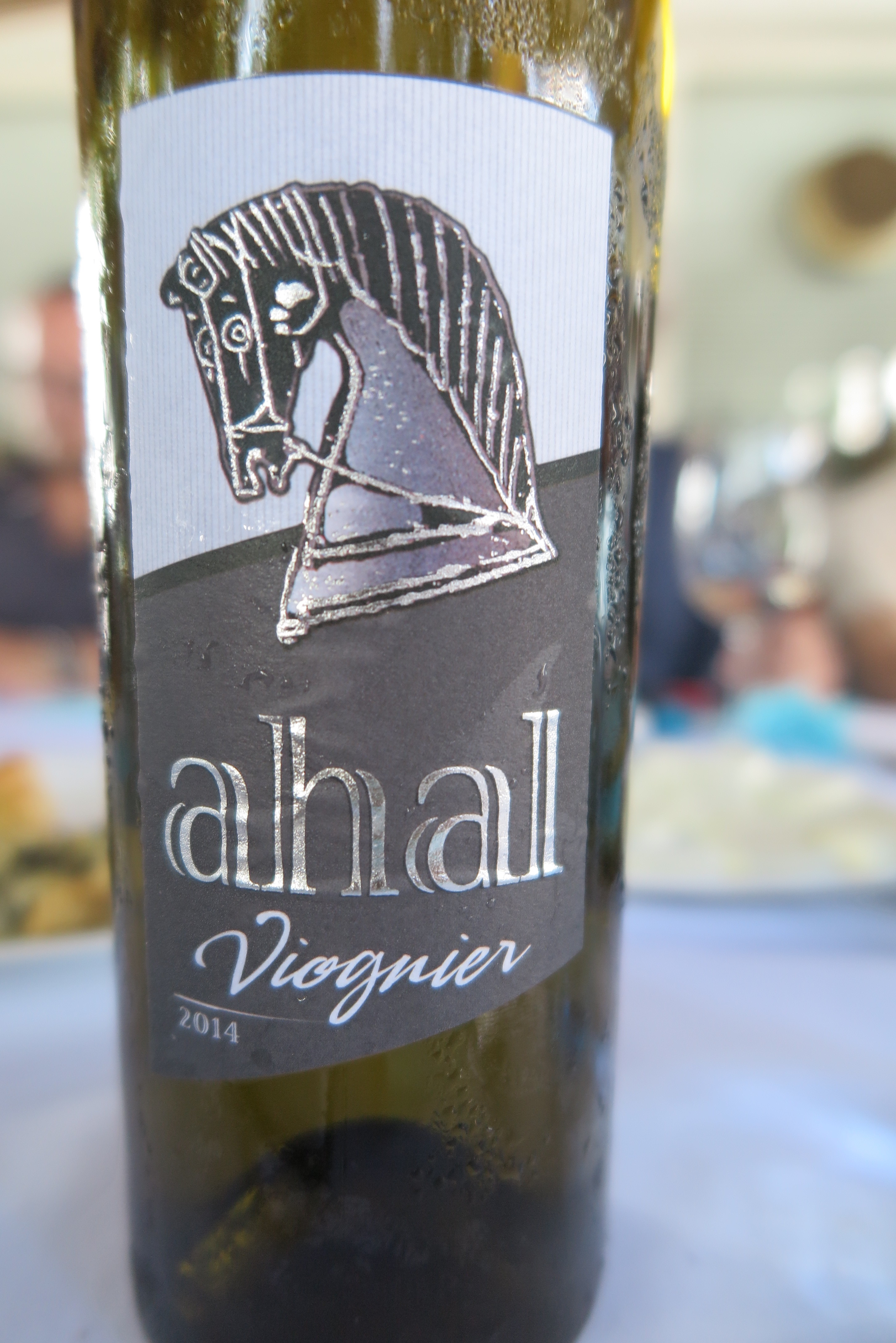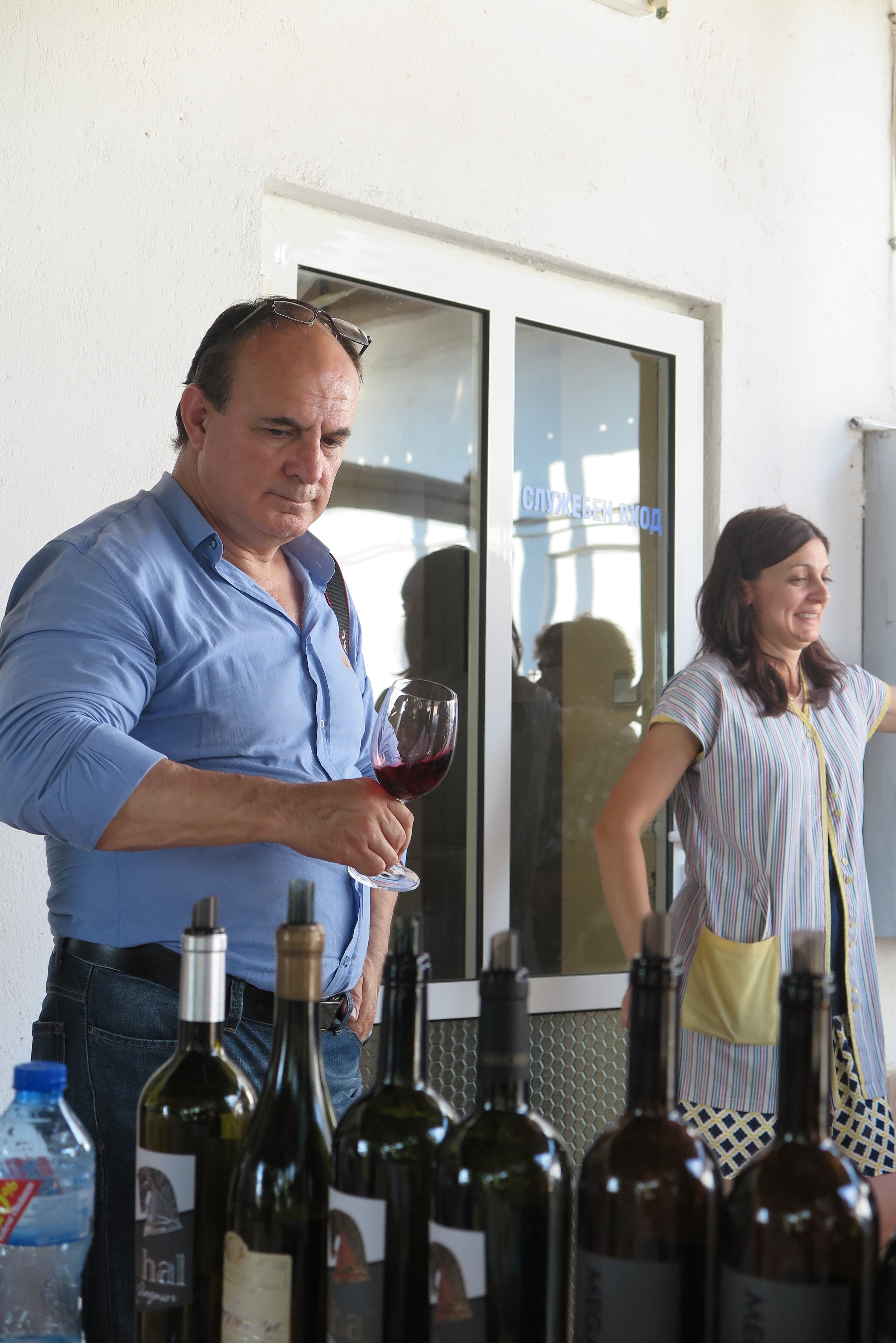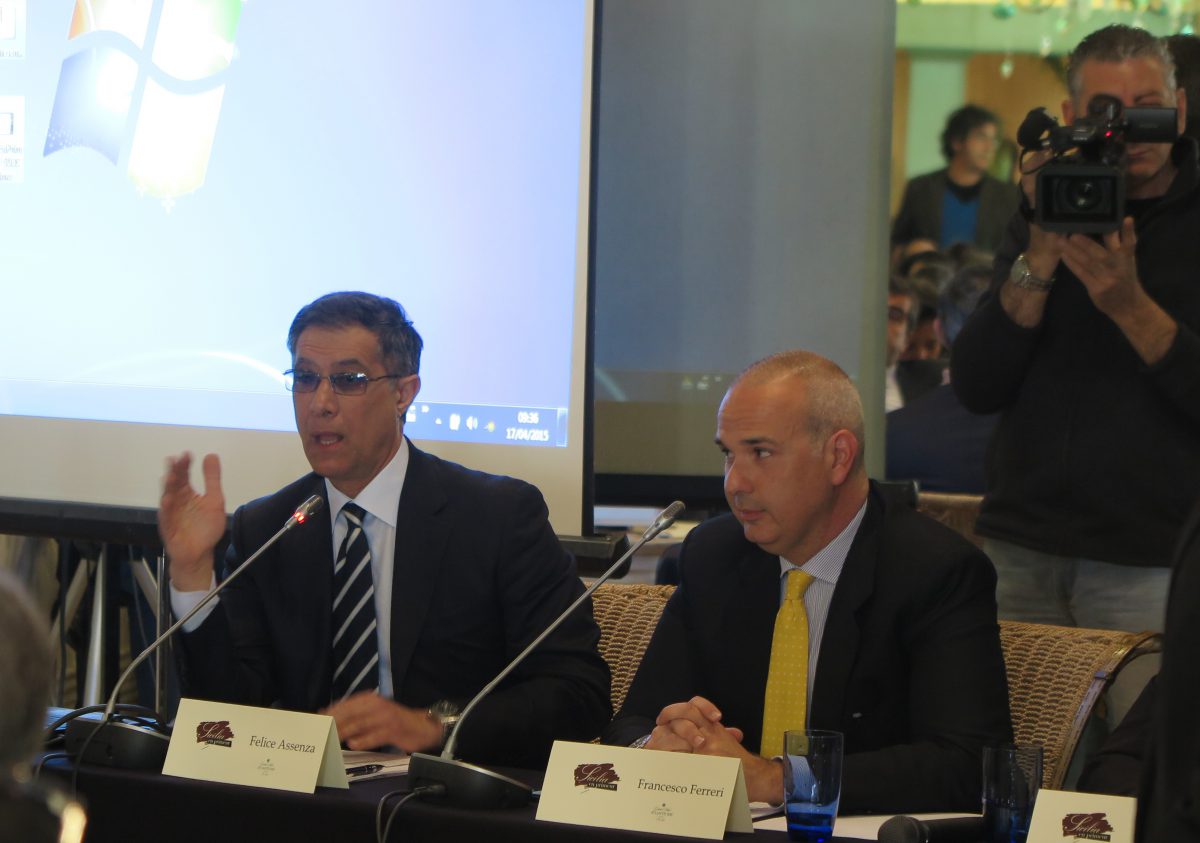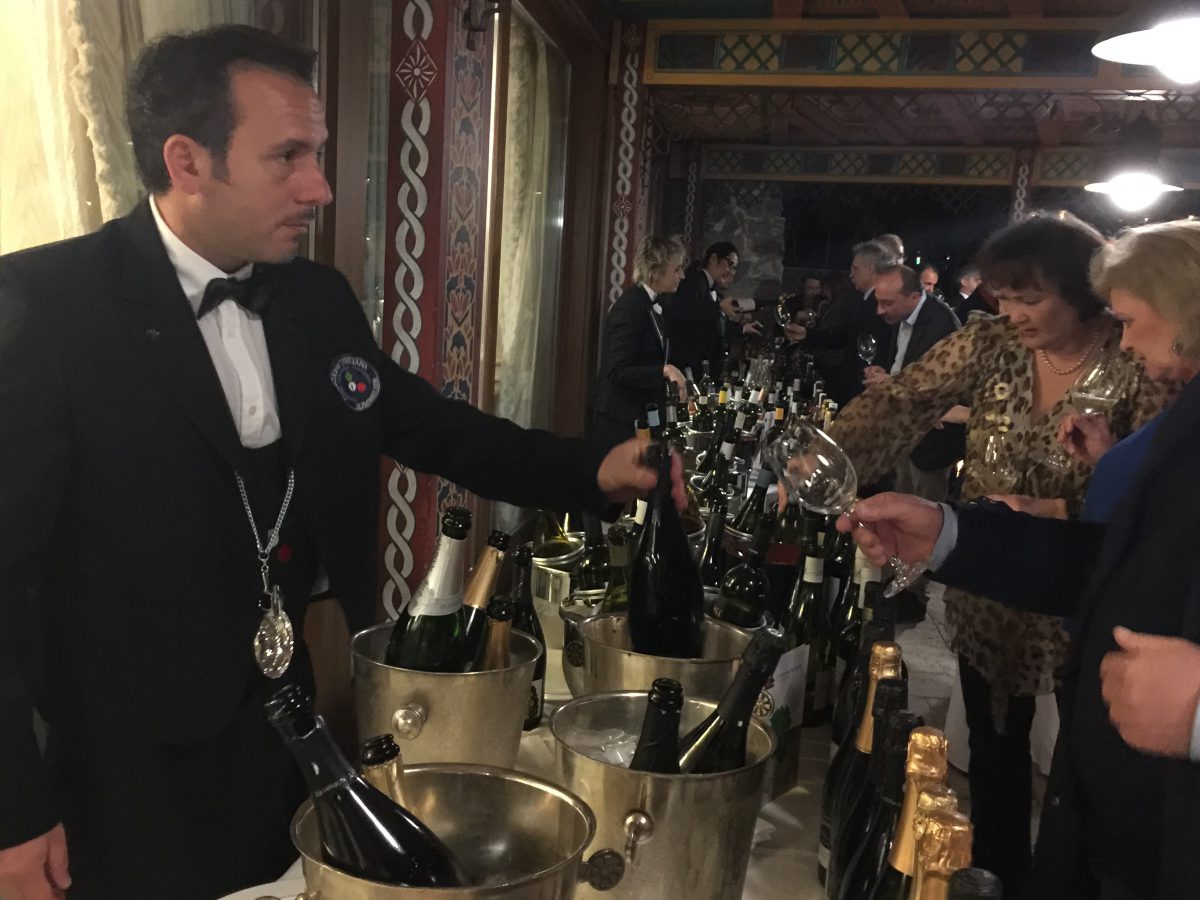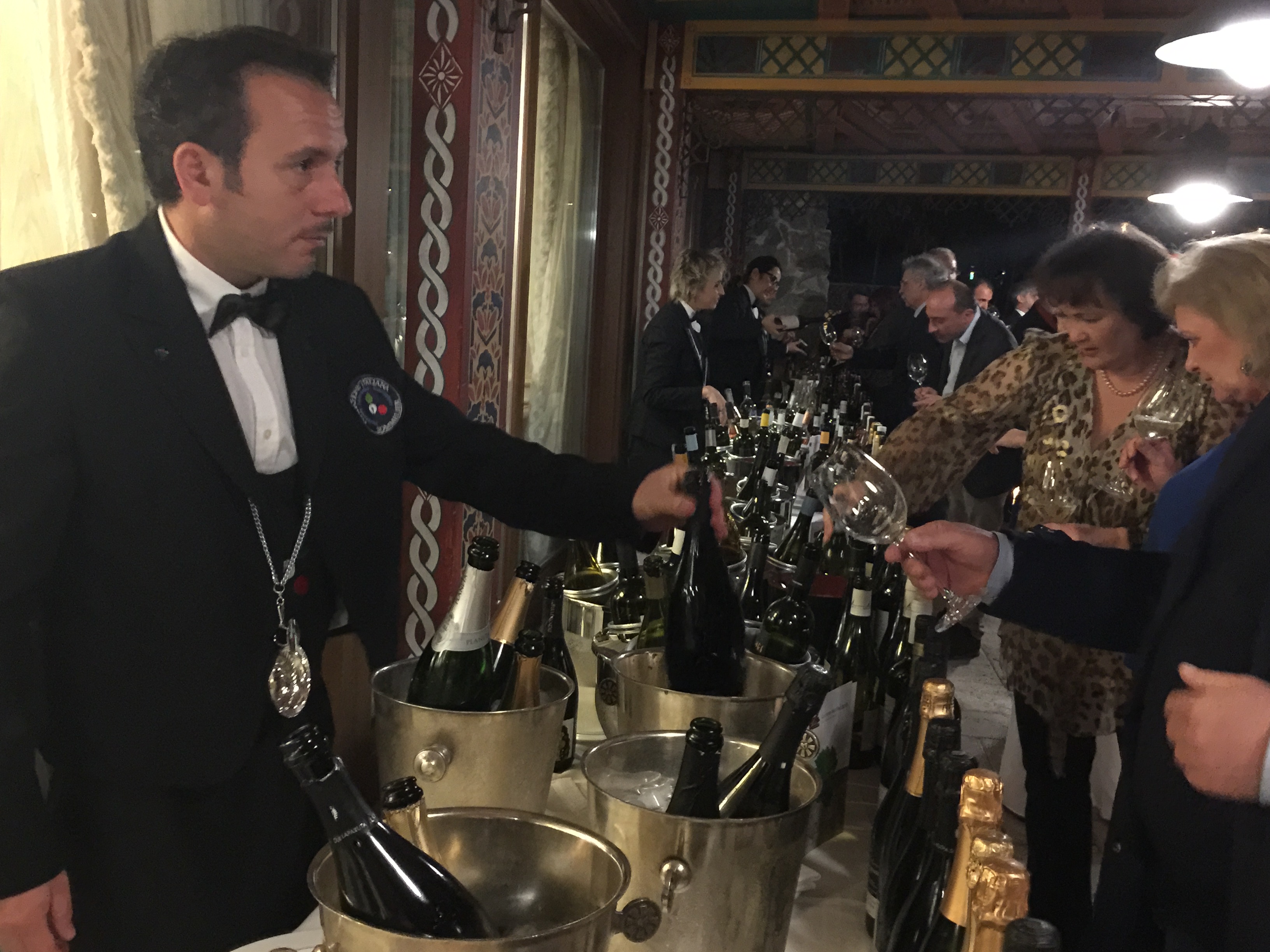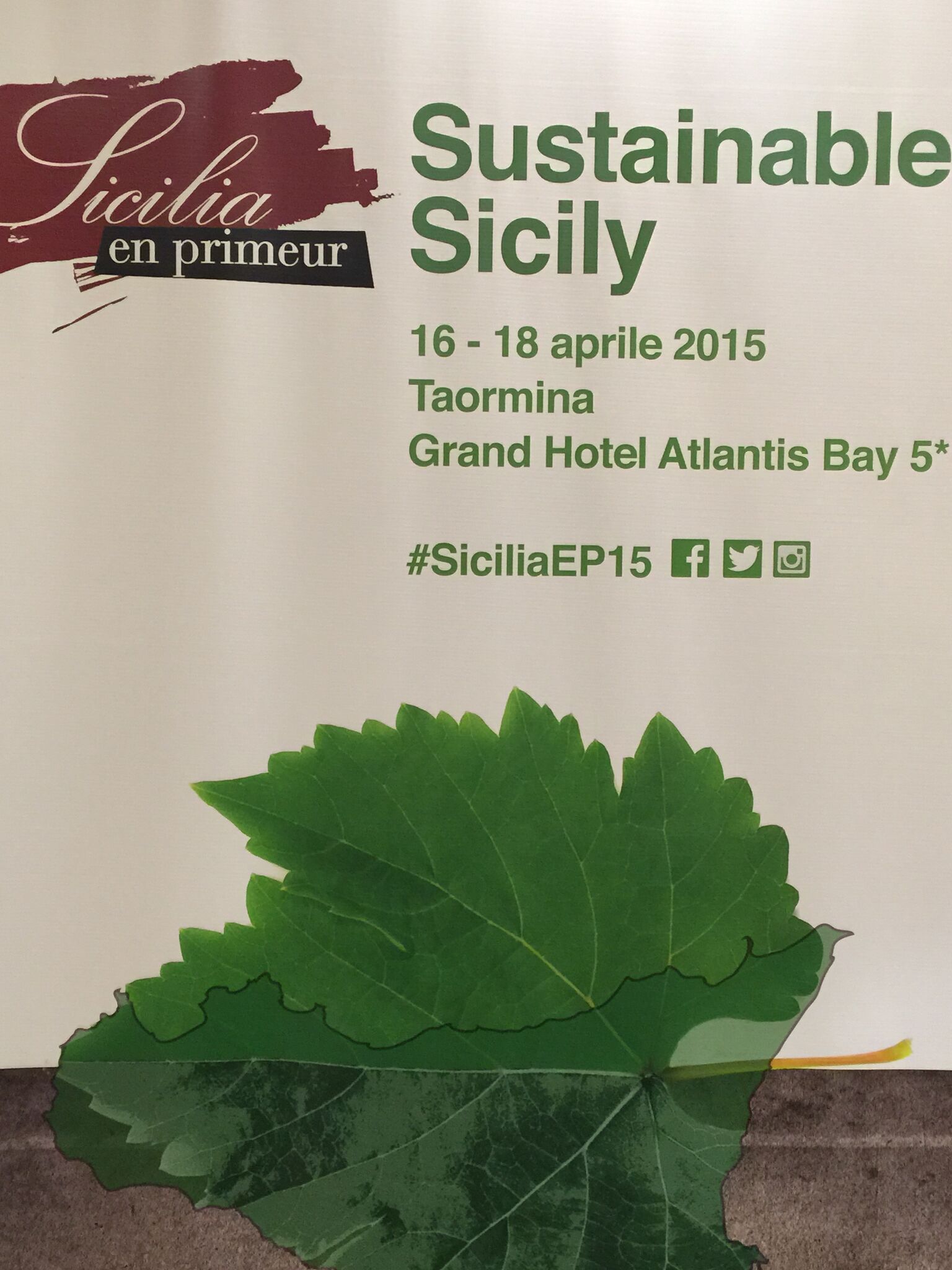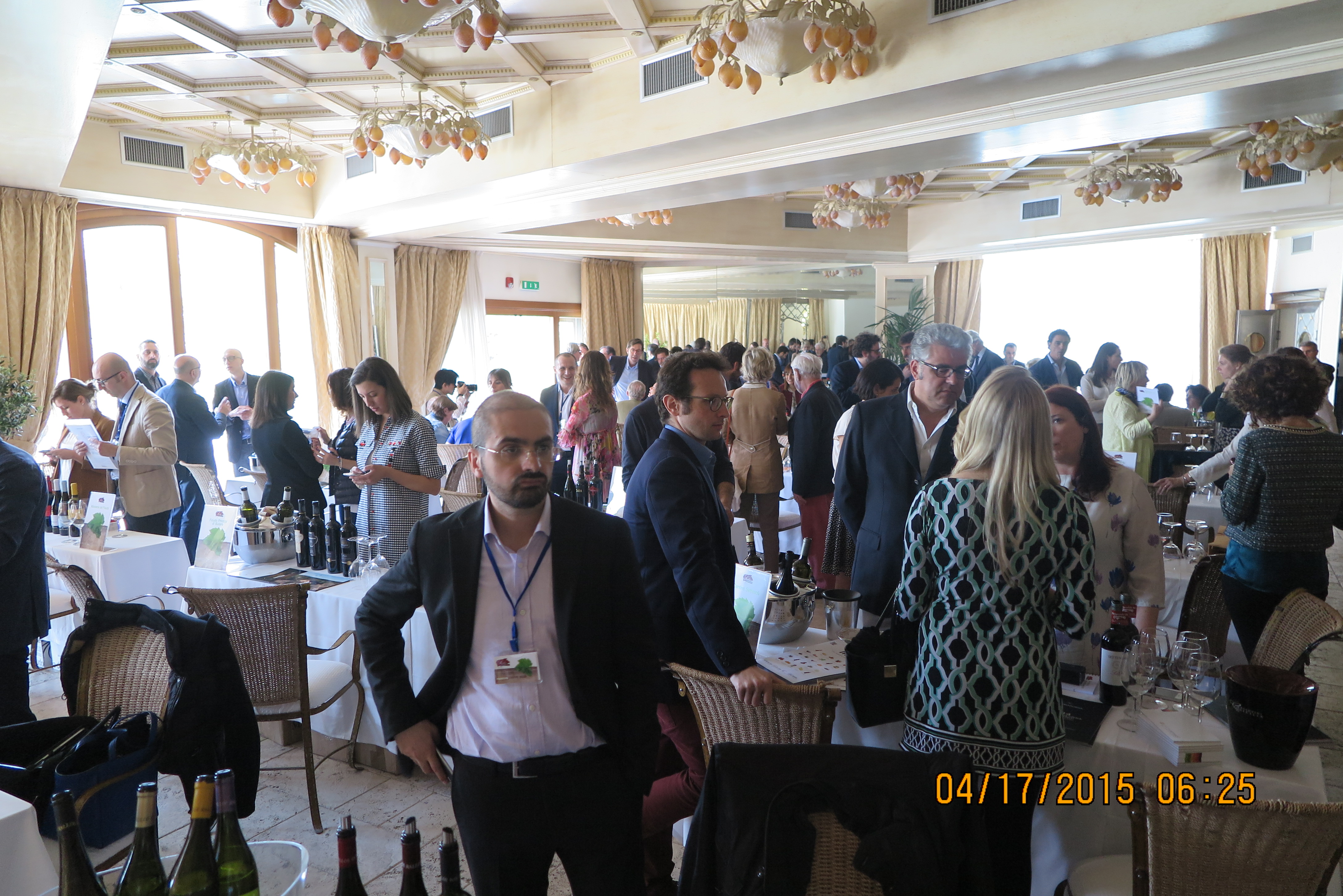 Edward Kourian, owner of Rossidi Winery has been travelling with us throughout this journey and I was really looking forward to visiting his facility and tasting his wines. We drove into a gated industrial facility and parked. We have arrived at Rossidi Winery. So unique – just like the owner and his wines!
Edward Kourian, owner of Rossidi Winery has been travelling with us throughout this journey and I was really looking forward to visiting his facility and tasting his wines. We drove into a gated industrial facility and parked. We have arrived at Rossidi Winery. So unique – just like the owner and his wines!
Rossidi Winery is located in the City of Sliven, 300 km east of Sofia and 130 km from both Greece and Turkey – its name is derived from the combination of the owner (Edward) and his lovely wife (Rossitsa) – hence ROSSIDI.
We spent the afternoon learning about Rossidi, it’s history, philosophies and indulged in some tasting. The tastings were lead by both Edward and Winemaker Peter Georgiev.
We learn that not only is Edward an oenologist, he has also studied music, engineering and graphic design, and is also one of the founding members of The Bulgarian Association of Independent Wine Growers.
Rossidi has 40 hectares of vines with 7 currently yielding – located near the village of Nikolaevo in the Thracian Lowlands; with plantings of: chardonnay, Gewurztraminer, Pinot Noir, Merlot, Cabernet Sauvignon and Syrah. The unique labels are designed by Edward himself; each are vivid and bold reflecting the true character of the wine.
On the line up:
Rossidi Unison 2014
Rossidi Rose 2014
Rossidi Gewurztraminer 2013
Rossidi Pinot Noir 2013
*Ross-idi Winery Egg Fermented Nikolaevo 2013
Rossidi Cabernet Sauvignon 2013
Rossidi Syrah 2013
Rossidi Merlot 2013
Rossidi Cabernet Sauvignon 2012
*Signature by Rossidi 2012
*Ross-idi Winery Egg Fermented Nikolaevo 2012
Rossidi Syrah 2012
Rossidi Pinot Noir 2011
Rossidi Pinot Noir 2009
*ones to watch for
Rossidi philosophy is: “The wine has to reflect the terroir it comes from and the main features of the variety it is made from and it should not be a commercial product deliberately shaped by the technologist to match the current fashionable tastes” he goes on to say “I believe we can be interesting not because we have copied someone but because we are ourselves and our wine reflects its terroir.”
A distinct product is their Gewürztraminer – this grape variety is non-typical for Bulgaria
Another distinct product – they use the Egg-Shaped Concrete Fermenter for their chardonnay. With great success – for his first test run Rossidi won the only silver medal for Bulgaria at the International Wine Challenge London 2013, as well as a Decanter 2013 bronze medal.
Liz Palmer

